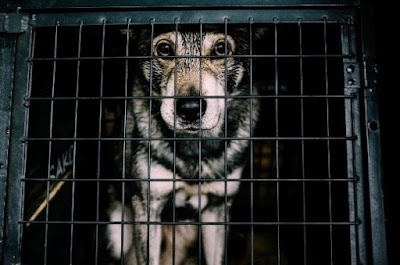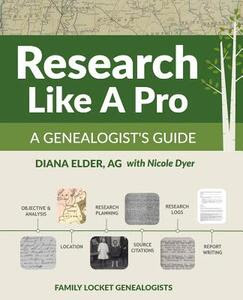Favorite Genealogy Tools

A suggested topic for this blog was A Favorite Tool for Research We received a couple of replies which have spurred conversations from our editors. We hope more of you will submit your favorite tools. From Deborah Wigen-Noble: My “tool” right now is webinars. The speaker/presenter, the chat (gleaning all kinds of ideas and suggestions from others watching), and the opportunity to ask and have my questions answered - this often leads to more questions . - Debbi From Annette Weiss: DNA is my tool ... can't beat the accuracy! I've been able to connect with a long-lost branch of my daily tree, adding over 100 descendants in the past 2 years. - Annette From Kathleen Hanzeli: This probably sounds silly, but last week, when I was in Boston, I chose to travel light, meaning I left my big camera at home. I did take my Magic Wand Scanner but it never came out of my bag. Instead, I used my iPhone to scan (the scanning app associated with Evernote) an...






